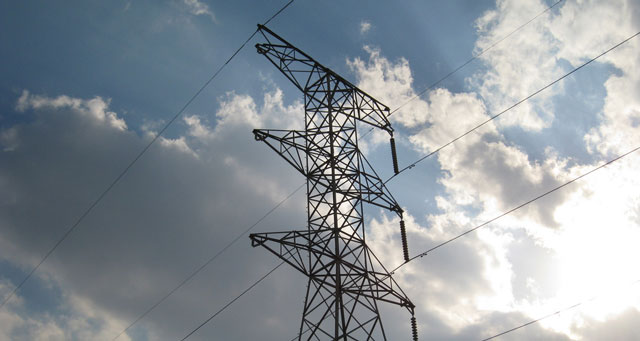
Eskom’s proposed 25% electricity price hike, if approved, will further cripple the already bleeding South African economy, the Steel and Engineering Industries Federation of Southern Africa (Seifsa) said on Tuesday.
“The metals and engineering sector has been struggling for more than five years, owing to fierce import competition from Asian economies, industrial action, increasing production costs and power outages, among other factors,” its chief economist Henk Langenhoven said in a statement.
It had asked the National Energy Regulator of South Africa (Nersa) to decline the power utility’s request, as its approval would have a debilitating effect on the economy.
On 8 May, Nersa said Eskom made an urgent application to increase the electricity tariff by 25,3% for the 2015/2016 financial year. This included the 12,7% price increase Nersa had already approved.
Nersa said in a statement at the time that Eskom had applied for the selective reopening of the Third Multi-Year Price Determination decision for the 2015/2016 to 2017/2018 period.
According to Eskom, this was because it needed cost recovery of R32,9bn for running its open-cycle gas turbines with expensive diesel, and R19.9bn for the short-term power purchase programme.
Langenhoven said the stability of electricity supply and its costs were almost as crucial as its availability. Given the fact that the steel sector exported 60% of its production, international competitiveness was vital for its continued survival.
“Electricity is an absolutely essential input for the metals and engineering sector. Exorbitant price increases will have a crippling effect on an already declining sector,” Langenhoven said.
He said the possible overall impact of the envisaged electricity price increase on inflation had been captured by the Reserve Bank. Its assumption was that any increase would only materialise in September, and that increases would return to about 13% in 2016/2017 and 2017/2018.
“In this scenario, headline inflation will be 0,1 to 0,4 percentage points higher at an average of 5% and 6,5% for 2015 and 2016 respectively. Most of the impact would be felt through the direct effects of the electricity price, which has a weight of 4,13% in the consumer price index basket,” said Langenhoven.
The erosion of profit margins was most strikingly shown by the patterns of electricity increases relative to merchants and producer prices, as well as the price movements as measured at the factory gate.
Factory gate prices were measured by the intermediate production price index which, in the metals and engineering sector, represented 70% of the index.
“When one takes all of the above into account, it goes without saying that another increase in the price of electricity would be detrimental to the South African economy in general, but more so for the metals and engineering sector,” Langenhoven said. — News24




